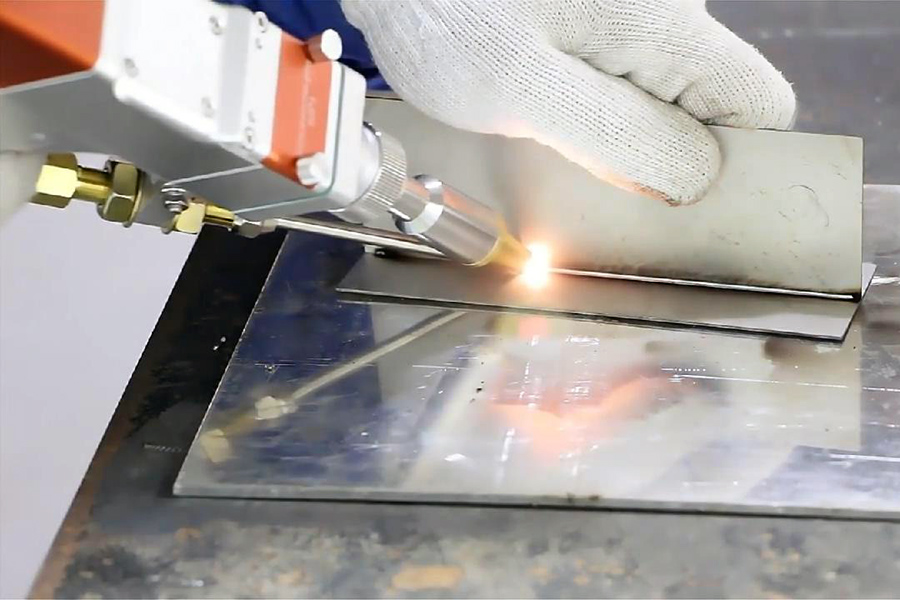Laser welding is a process that uses a laser beam to join metals or thermoplastics, creating a weld between the materials. The laser beam provides a concentrated and intense heat source, enabling high welding speeds for thin materials, often reaching meters per minute. This process offers versatility in welding various materials and allows for the precise and efficient joining of components.
There are different types of laser welding machines, each with its own set of advantages, limitations, working principles, and applications. In this article, we will discuss four main types of laser welding machines: CO2 laser welders, Nd:YAG laser welders, fiber laser welders, and galvanometer laser welders.
- CO2 laser welders use a carbon dioxide laser to produce a high-intensity laser beam that melts the metal and forms a weld. CO2 laser welders are suitable for welding thick materials and producing deep penetration welds. They are also capable of welding non-metals, such as plastics and ceramics. However, CO2 laser welders have some drawbacks, such as high power consumption, large size, and sensitivity to environmental factors³.
- Nd:YAG laser welders use a neodymium-doped yttrium aluminum garnet laser to produce a laser beam that is more focused and precise than a CO2 laser beam. Nd:YAG laser welders are ideal for welding thin and delicate materials, such as jewelry, medical devices, and microelectronics. They can also weld dissimilar metals and complex geometries. However, Nd: YAG laser welders have lower efficiency, higher maintenance costs, and lower beam quality than CO2 laser welders.
- Fiber laser welders use a fiber optic cable to transmit the laser beam from the source to the welding head. Fiber laser welders have many advantages over CO2 and Nd:YAG laser welders, such as higher efficiency, lower power consumption, smaller size, better beam quality, and greater flexibility. Fiber laser welders can weld a wide range of materials, including metals, plastics, and ceramics, with high speed and accuracy.
- Galvanometer laser welders use a galvanometer scanner to deflect and steer the laser beam across the welding area. Galvanometer laser welders can achieve high-speed and high-precision welding of complex shapes and patterns, such as logos, QR codes, and serial numbers. They are widely used in the automotive, aerospace, electronics, and medical industries for marking, engraving, and welding applications.
Laser welding machines are powerful and versatile tools that can meet various welding needs and challenges. They offer many benefits over conventional welding methods, such as higher productivity, lower distortion, better quality, and reduced environmental impact. However, laser welding machines also require careful selection, operation, and maintenance to ensure optimal performance and safety. Therefore, it is important to understand the different types of laser welding machines and their characteristics before choosing the most suitable one for your welding project.

